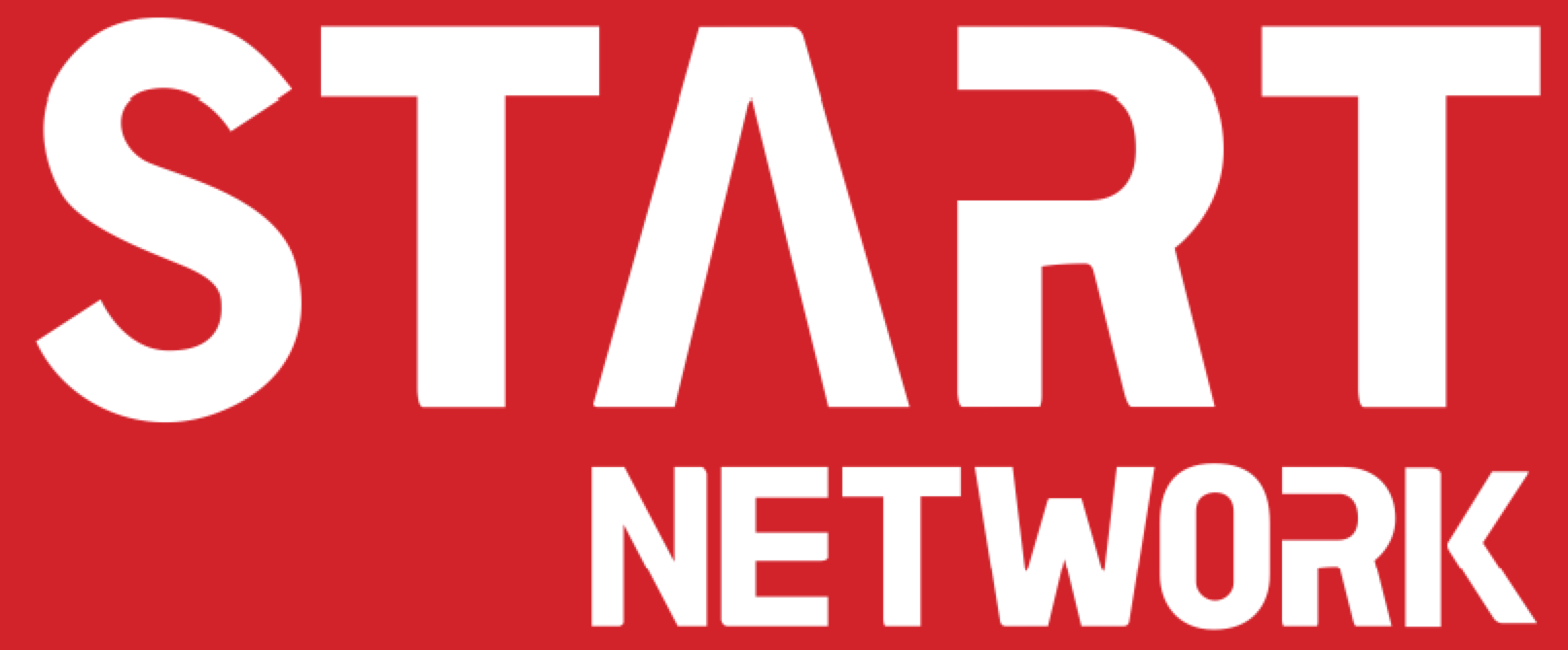
An open letter to Mihir Bhatt from Sean Lowrie
October 23, 2015
Posted by Helen James in Blog.
Following the World Humanitarian Summit consultation in Geneva, Sean Lowrie, Director of the Start Network, penned an open letter to Mihir Bhatt, Director of the All India Disaster Mitigation Institute (AIDMI).
Dear Mihir,
May I begin by stating how honoured I feel to have a long-term conversation with you. As part of this conversation, I’d like to share my thoughts about where we are and ask to hear your thoughts about our path, our goals, and our ambitions.
There have been brilliant inputs to the latest World Humanitarian Summit (WHS) consultation in Geneva. Including the various agency submissions, technical working groups, ALNAP’s (Active Learning Network for Accountability and Performance) State of the System report and conference in New York, and the awesome synthesis report
That said, it could be argued that the inputs only highlight what already lies within eyesight. ALNAP says the aid system does a very good job, but others will argue that half of all human suffering in disasters is in small scale, low profile crises, which are not addressed by the aid system.
I think we need a new economy for the humanitarian aid system. We need a decentralised system with considerably more capacity at the national level. We need smart humanitarianism. In other words, the system must be customer-driven and contextually appropriate. It must be as local as possible and international as necessary. Organisations and people should be able to swarm around problems when responding to a humanitarian crisis, without any central attempt at control. They need to be empowered with all the information available about a crisis, and equipped with decision-making protocols.
We will not be able to wish this into existence. We will need to create new business models, with incentives that create opportunities for humanitarian self-organisation around contextually-specific problems. A diverse, resilient, abundant, and agile ecosystem of organisations and ways of working is needed. We must accept that we cannot control the aid system.
To rise to the escalating demand for humanitarian action, part-time humanitarians will be needed from all of society including religious leadership, diaspora groups, social enterprises, unaffiliated volunteers, and companies from many markets in the private sector. Platforms to enable this new humanitarian economy – like a marketplace – will be needed to enable trade and collaboration between the agents of this new economy. A new economy for humanitarian aid will enable the whole of society to contribute to humanitarian action, and to collaborate to ensure we are effective stewards of this planet for future generations.
I look forward to hearing your thoughts about where we are.
With best wishes,
Sean Lowrie
Join the conversation
2 Responses
Leave a Reply
Back



















Peter Crawford
Hi Sean,
I thought what you wrote is really interesting and also just happens to fit with what I experienced and wrote about recently in Nepal.
I couched in more in terms of ‘supporting the spontaneous response’, but I think it’s essentially the same thing. Rather than re-write I’ve just cut what I wrote internally within Christian Aid, in June, below as I think it chimes;
“The second dimension of the resilience I have seen is even more interesting and impressive. It should also be game changing.
The fact is that mass, popular, participation in the earthquake response took place – outside and beyond official/NGO responses – and continues to take place today. It has gone almost entirely undocumented, let alone acknowledged.
This happens everywhere, obviously – it will have taken place in the Philippines, Haiti, etc. But I think it was extremely large and effective in Nepal. I can’t quantify this or really justify the claim at all in any scientific sort of way, but the sheer range and scope of actors involved – from doctors and dentist spontaneously running health camps; motorcycle clubs relocating as volunteers to remote districts en masse; local radio presenters acting as real-time, on air, response coordinators (when ‘official’ services went into paralysis); to mass popular clean-up campaigns – all these were so impressive. And also more acknowledged, locally, than I’d previously said.
Almost all this spontaneous response and support was coordinated through, or posted on, social media. While phone networks crashed in the initial hours after the quake email, the web, face book, etc. all functioned.
This has been of interest to those looking at Big Data since it’s a way agencies can better target their assistance, see where the need is – geographically and sectorally, and tap into immediate information sources. But this is all rather parasitic and misses the point. Why use information flashing around on social media as a way of shaping your own (agency’s) response? Why not just support the response which is spontaneously happening? It will always be quicker, more targeted, more appropriate and more nuanced than anything externally driven. It will also be far, far quicker. Why aren’t we doing this yet? It only takes someone willing to make a tweet, drop an email and wire some money. Some one will be first, why not us?”
Sean Lowrie
Here here Peter! Why not indeed?
Sean